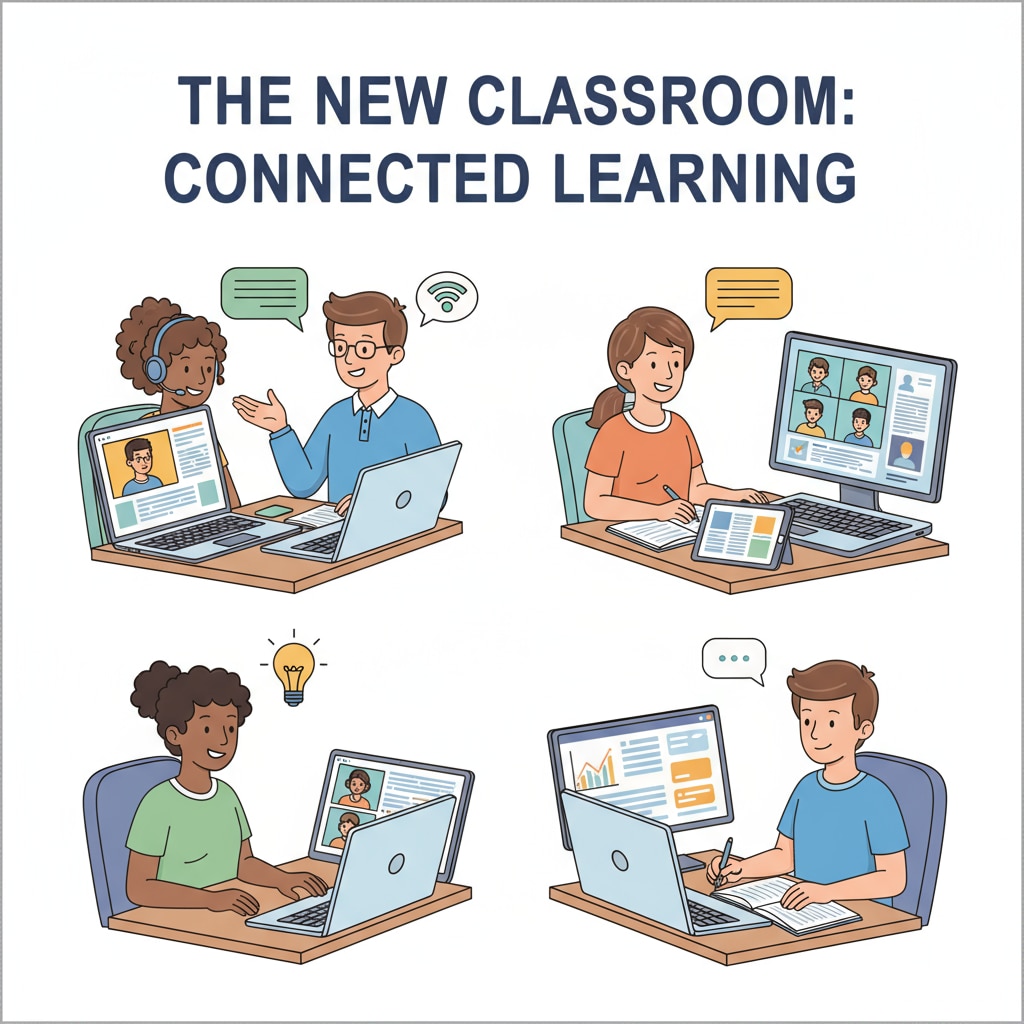In the landscape of secondary education theories, post-pandemic education, and digital age learning, the educational realm has witnessed a profound transformation. The confluence of the post-pandemic era and the rapid advancements in digital technology has presented both challenges and opportunities for secondary education. This article aims to explore these dynamics and propose innovative approaches to teaching models that resonate with the learning characteristics of today’s teenagers.

The Impact of the Post-Pandemic Era on Secondary Education
The pandemic has disrupted traditional educational settings. Schools were forced to close, and teaching shifted online. This sudden transition highlighted the digital divide among students, where those without access to proper technology and stable internet faced significant challenges. However, it also demonstrated the potential of digital tools in education. For example, video conferencing platforms became a medium for remote teaching, allowing teachers to connect with students regardless of geographical barriers. According to Wikipedia’s Education during the COVID-19 pandemic page, the shift to online learning was a global phenomenon that spurred educators to rethink teaching strategies.

Digital Technology as a Catalyst for Change in Secondary Education
In the digital age, technology offers a plethora of resources for secondary education. Learning management systems (LMS) provide a centralized platform for course materials, assignments, and assessments. Interactive whiteboards and educational apps make learning more engaging. Additionally, artificial intelligence (AI) can be used for personalized learning, adapting the curriculum to individual student needs. As stated on Britannica’s Educational Technology page, educational technology has the power to transform the learning experience. These digital tools are reshaping how students learn and teachers teach in secondary education.
To adapt to these changes, educators need to integrate modern educational theories with digital technology. Constructivism, for instance, emphasizes active learning. In the digital age, students can use online resources to construct their own knowledge. Inquiry-based learning can be facilitated through digital platforms that allow students to explore real-world problems. By combining these theories with technology, educators can create more effective teaching models.
Readability guidance: In this article, we’ve explored the impact of the post-pandemic era and digital technology on secondary education. We’ve seen how these factors are reshaping teaching and learning. By understanding secondary education theories, educators can better navigate post-pandemic education in the digital age learning environment. Through innovative teaching models, we can ensure that students receive a quality education that prepares them for the future.


